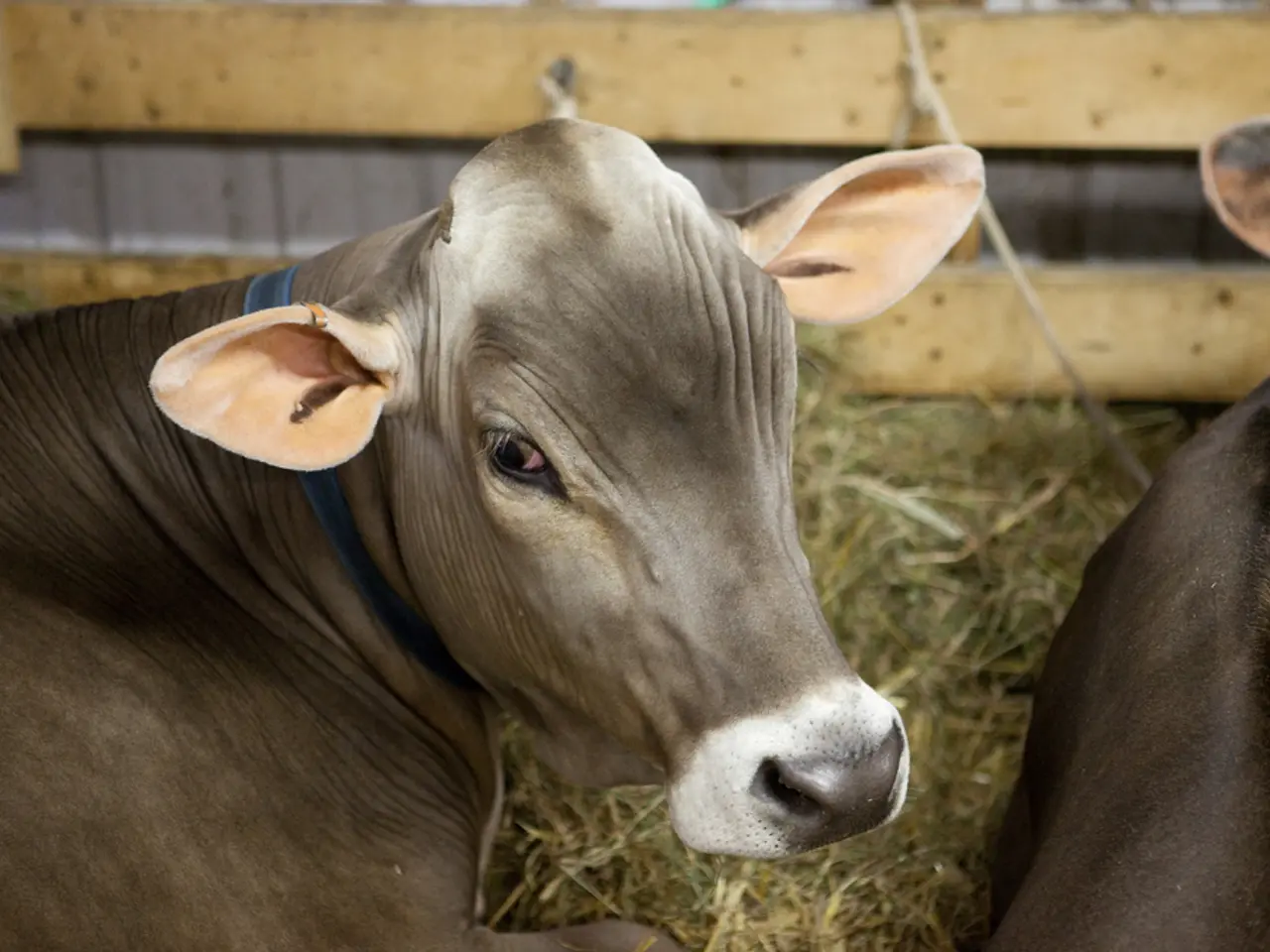Doubled Donations: Your Charitable Contributions Get Twice the Impact
In the realm of agriculture, the choices we make about animal feed can have significant consequences for our environment. A recent focus on the environmental impact of grain-based feed for animals has shed light on the negative effects it can have on soil health, pasture diversity, and carbon emissions.
Soil Health and Pasture Diversity
Grain-based feed cultivation often involves intensive crop production that relies heavily on synthetic fertilizers and monoculture practices. These contribute to soil degradation, nutrient depletion, and loss of soil biodiversity. Expanding land for grain production also reduces natural pastures and forests, fragmenting ecosystems and decreasing pasture diversity. The conversion of forests or diverse ecosystems into cropland for feed contributes to deforestation, which further harms soil and biodiversity.
Carbon Emissions
Grain-based feed production adds to greenhouse gas emissions in two main ways:
- Direct emissions from livestock: Feeding grain to ruminants, such as cattle, supports intensive meat production, which produces large amounts of methane (a potent greenhouse gas) from enteric fermentation and nitrous oxide from manure.
- Indirect emissions from feed production: Growing grain feed involves energy-intensive processes such as synthetic fertilizer manufacture, irrigation, and transportation, which contribute to indirect greenhouse gas emissions—estimated at nearly 5% of livestock's total emissions. This includes emissions from chemical fertilizer use, known to pollute water and soil.
The overall environmental footprint of grain-fed animals is large because grain feed crops require land, water, and agrochemicals, intensifying deforestation, soil degradation, and emissions. In contrast, more sustainable practices like regenerative grazing that promote soil health and carbon sequestration are less reliant on grain feed, but still insufficient alone to meet full climate goals without reducing animal-sourced food.
Alternative Feed Strategies
Alternative feed strategies like using thermally processed food waste as animal feed can lower the water, land, and carbon footprint compared to grain feed, but regulatory and industry challenges remain.
Pasture-Raised Farming: A Sustainable Alternative
In contrast to grain-fed animals, pasture-raised beef animals can thrive on 100% pasture, which includes forage crops, grass, herbs, wildflowers, and clovers. Meat from pasture-fed animals contains lower total fat, increased omega-3, conjugated linoleic acid, vitamins A and E, minerals like zinc, iron, phosphorous, sodium, and potassium.
Organisations like PfL are playing a crucial role in supporting farmers to move towards profitable, pastured farming through on-farm events, evidence, a community, online learning, and one-on-one mentoring. PfL has reached over 60,000 people at speaking events, connected with 166 mentees, and trained 93 farmers as mentors. Your donation to PfL this week will be doubled by the Big Give's Green Match Fund.
References
[1] Sustainable Agriculture and Food Systems (SAFS), 2021. The Environmental Impact of Animal Agriculture. [Online] Available at: https://www.sustainableagriculture.net/resources/factsheets/environmental-impact-of-animal-agriculture/
[2] Food and Agriculture Organization of the United Nations (FAO), 2021. Livestock and Climate Change. [Online] Available at: https://www.fao.org/3/a-i7688e.pdf
[3] Union of Concerned Scientists (UCS), 2021. Climate-Friendly Farming: Reducing Greenhouse Gas Emissions from Agriculture. [Online] Available at: https://www.ucsusa.org/resources/climate-friendly-farming-reducing-greenhouse-gas-emissions-agriculture
[4] Food and Agriculture Organization of the United Nations (FAO), 2021. Valorisation of Food Losses and Food Waste for Animal Feed. [Online] Available at: https://www.fao.org/3/ca8844en/ca8844en.pdf
[5] Food and Agriculture Organization of the United Nations (FAO), 2021. Livestock's Long Shadow: Environmental Issues and Options. [Online] Available at: https://www.fao.org/3/a-i3687e.pdf
- To promote soil health and pasture diversity, it's crucial to reconsider the use of grain-based animal feed, as grain cultivation for feed often leads to degradation, nutrient depletion, and biodiversity loss.
- In the realm of health-and-wellness, pasture-raised animals offer more nutritious meat compared to grain-fed animals, with higher levels of omega-3, vitamins, and minerals.
- Financial considerations can also play a role in promoting sustainable farming practices, such as pasture-raised farming, as organizations like PfL provide support through farm events, mentorship, and online learning.
- Alternative feed strategies, like using thermally processed food waste, can potentially reduce the water, land, and carbon footprint associated with grain feed, but may face regulatory and industrial challenges.






